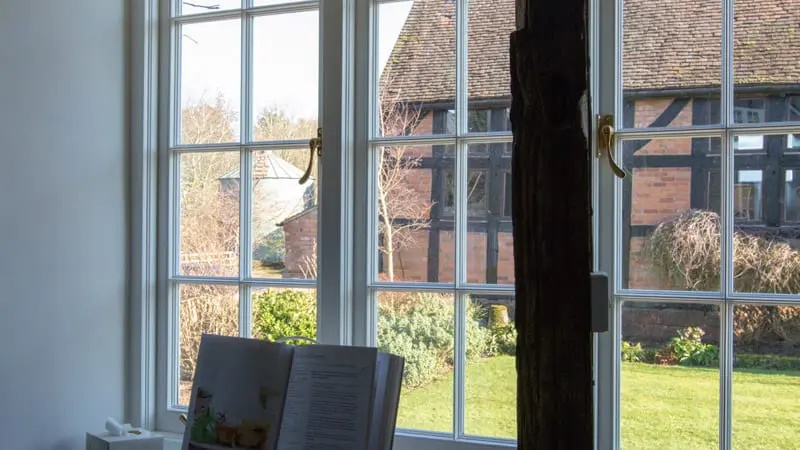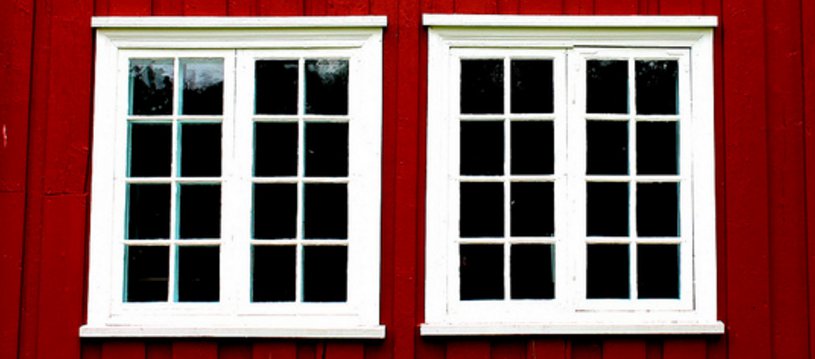Ok. Don’t take my advice then! Go ahead and break your stuff. Not like I have any experience of what I’m talking about. 


Ok. Don’t take my advice then! Go ahead and break your stuff. Not like I have any experience of what I’m talking about.
I shall not. Just show me one window that actually has vacuum in it. Full vacuum puts a load of ten tons/m² on the glass. You still say there is vacuum in a window?Ok. Don’t take my advice then!
Here's one.. Just show me one window that actually has vacuum in it.


The heavier the noble gas the better thermal insulating it gives. As said argon has not been a success, I have not seen studies on the longevity of the others.think our windows are Xenon filled. Pretty sure they're not argon or krypton.
Many of our very old buildings have had vacuum glazing fitted because it's not only very good, but very fine and thus can replace the older single panes without compromising the aesthetics of the buildings. 'Conservation' villages like ours which have restrictions on improvements so that they still comply with originals, are fairly commonplace.
Historic Scotland have used them to great effect. Everything from castles to townhouses.
They've been in use for decades and last fine.
I think our windows are Xenon filled. Pretty sure they're not argon or krypton.
Link....

Argon vs. Krypton vs. Xenon in Windows - Windows and More
When it comes to energy efficiency, windows are notoriously vulnerable. Given a chance, they’ll drain the heat out of your home ...www.windowsonlineuk.co.uk
You should hear my wee bother. He repairs the woodwork on old buildings, and he's furious that they totally ignore the woodwork of the windows and doors in favour of plastic this that and t'other. He says that the old buildings were made to breathe, and modern stuff suffocates them and allows mould and rot to thrive. Then we attack it with chemicals....that are incredibly toxic.
I think you're right and that there is a compromise to be made.
The very thin vacuum panes are very good replacements though, if expensive.
M
Plastic windows probably is not the real culprit as at least here they can be had with ventilation which is more controlled than the traditional leaking. Excess moisture is the problem and controlling that is quite possible but not really easy. Or easy but it costs, putting your air conditioner on moisture removal. Ventilation and more ventilation is the next one. The solution depends on the wall materials and climate and I think we have it actually a bit easier than UK.You should hear my wee bother. He repairs the woodwork on old buildings, and he's furious that they totally ignore the woodwork of the windows and doors in favour of plastic this that and t'other. He says that the old buildings were made to breathe, and modern stuff suffocates them and allows mould and rot to thrive. Then we attack it with chemicals....that are incredibly toxic.
Well yes but. Used to sell a UK watery epoxy for old wood stabilization.Wood can be repaired, be stabilised and made sound again, but plastic's easier.


Well, to start a book ...@TLM
I see on your profile it says Finland, I've met a Finnish man before and chatted a lot, he was a really nice guy, showed me pictures of Finland, etc (also introduced me to the comedian Ismo!). I'm not totally sure, buf I'd assume that UK climate and Finland climate is different. We have a lot of wet weather throughout the year... we don't have frozen winters, interestingly my Polish friend said the -20 or more winters in Poland are "less cold" than the UK's wet 2⁰C to minus single figure °C or dry summers (typically) and our houses are based on bricks and mortar design, rather than in Finland it seems you guys focus a lot on insulation etc.. so in a sense we are already fighting a losing battle... we don't typically have air conditioning and the majority of UK houses are evolving houses always being retrofitted with extra insulation or this that and the other...
In modern self designed builds, thats where we see a lot more european techniques being introduced and a lot more eco homes which is very interesting.
Well, to start a book ...
Now, we have less absolute humidity but relative numbers can be very high. At present the building regulations require for single home about 250mm mineral wool or equivalent. Triple windows minimum in practise and quadruple quite common.
Heat exchangers in machine ventilation. Two stage airtoair heat pumps fairly common.
Humidity is not very difficult to control as temp gradient is almost always to the outside which mens that water wants to go that way.too.
Our building standards would be overkill even in Scotland I think.
